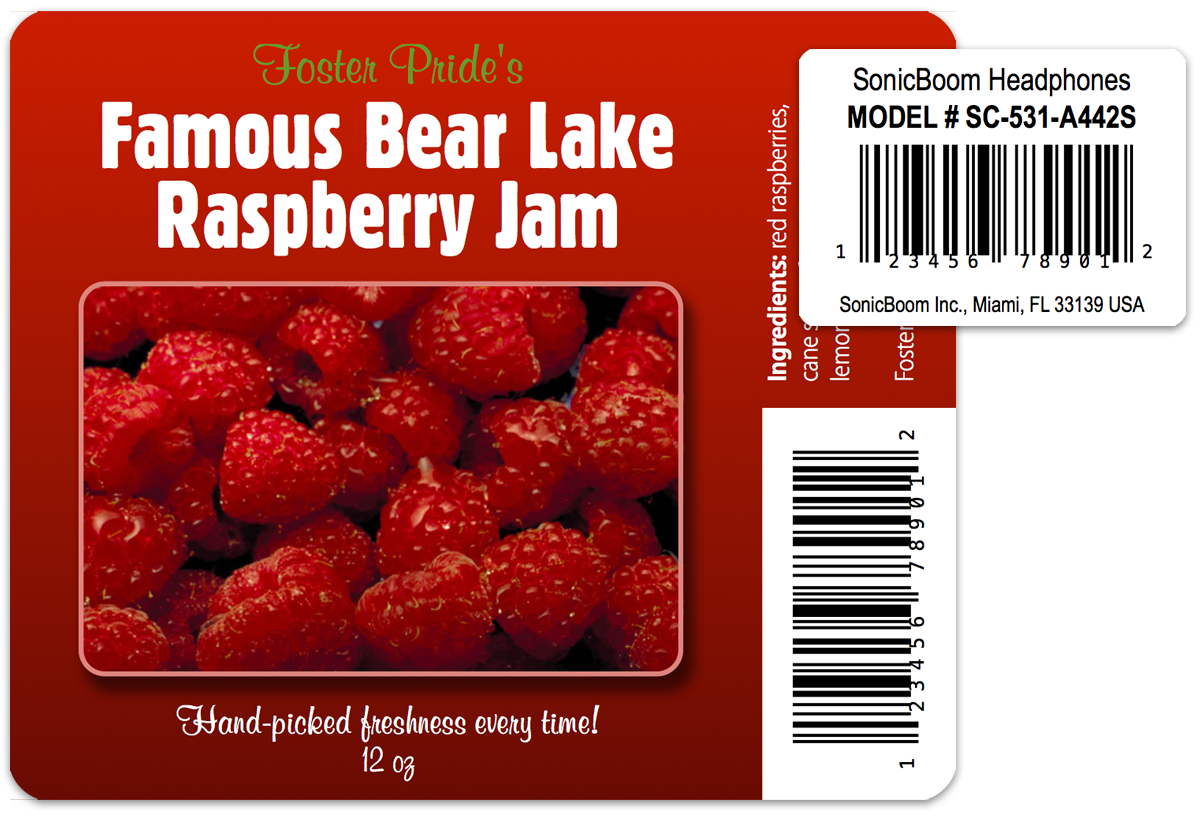
This is part of the reason the debate regarding capital punishment is one that has been so long standing. Of course there are an equal number of supporters who publish data that reflects their own biases.

Paper NOW! ⬇️ TOPIC: Term Paper on Death Penalty Theoretical Perspectives Death Penalty Overview AssignmentMuch of the literature that does not support the deterrence viewpoint according to theorists was published "by liberal social scientists opposed to capital punishment" and therefore may not be ideological in nature nor conclusive (Galiher & Galiher, 2001). Many theorists simply use commonsense theory, which suggest that capital punishment is a deterrent to crime, whether or not it actually deters crime (Galiher & Galiher, 2001). Cognitive dissonance theory suggest that people attempt to avoid inconsistency be "selective perception" and disagreements often prevail because people vary in their perception as to how effective the death penalty is (Galiher & Galiher, 2001). Social construct theorists suggest that human beings construct their reality and that criminal behavior is a result of lack of conformity or cultural conflict (Galiher & Galiher, 2001). Proponents often feel that the death penalty is a deterrent to crime. Many of those that support the death penalty state that they would continue to support it whether or not it actually deterred crime (Aguirre & Baker, 1993 Galiher & Galiher, 201)).

There are claims and then there are counterclaims regarding the death penalty that social theorists have well documented in an attempt to identify whether the death penalty is just or not and whether it should be continued or banned. Despite this capital punishment is often considered one of the most "contentious public policy debates in the U.S." (Galiher & Galiher, 307). Overview of Social Theory and Death PenaltyĪccording to Aguirre & Baker (1993) support for the death penalty has steadily increased since the 1960s, particularly for individuals convicted of murder according to Gallup Reports (p.150).


 0 kommentar(er)
0 kommentar(er)
